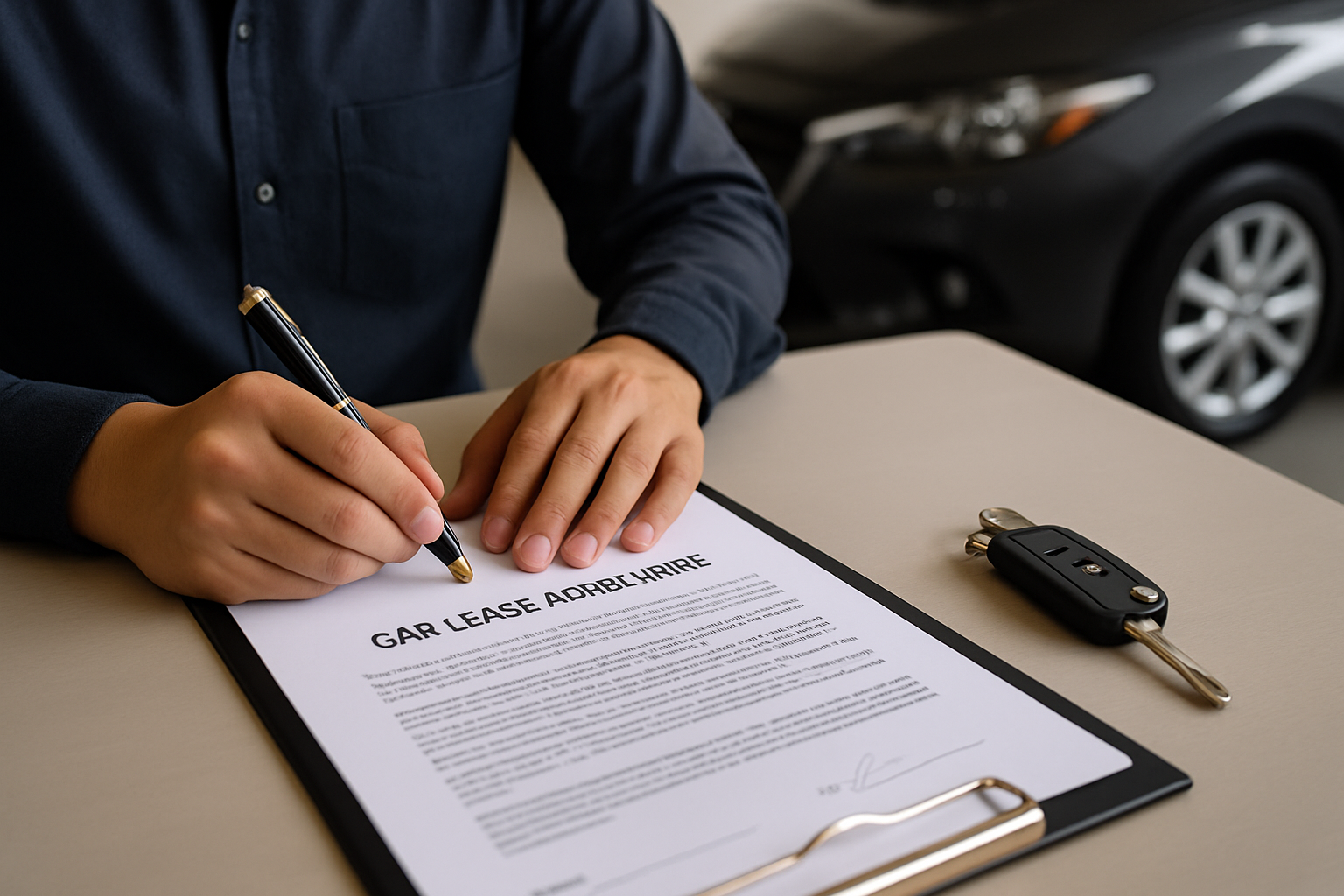Hook: Leases often sound simple, but the fine print hides key differences between APR vs interest and the mysterious money factor explained. Mastering these numbers can save you hundreds each month. In this guide, we unravel how lease payments are calculated and what to watch for when negotiating.
- Understand the money factor and how it compares to APR
- Learn to convert between money factor and annual percentage rate
- Discover negotiation tips to lower your effective lease cost
What Is a Money Factor?
The money factor is the lease equivalent of an interest rate. Rather than quoting a percentage, lenders express it as a small decimal—often between 0.00100 and 0.00300. To see the effective APR, multiply the money factor by 2,400 (e.g., 0.00200 × 2,400 = 4.8% APR). Understanding money factor explained demystifies monthly finance charges buried in lease contracts.
How Lease Payments Are Calculated
Monthly lease payments consist of two main components:
- Depreciation Fee: (Capitalized cost – Residual value) ÷ Number of months
- Finance Charge: (Capitalized cost + Residual value) × Money factor
The sum of these two figures gives the base payment. Taxes, fees, and optional services (maintenance, GAP insurance) may be added on top, so always review the “out‑the‑door” number.
APR vs Money Factor: Key Differences
- APR (Annual Percentage Rate): Represents a yearly interest rate for purchase loans, including fees.
- Money Factor: Lease-specific rate quoted as a decimal; reflects only finance charges, not depreciation.
- Conversion: Money factor × 2,400 = approximate APR; APR ÷ 2,400 = money factor equivalent.
Pro Tips for Negotiation
- Negotiate Capitalized Cost: Treat the lease like a sale—lower the negotiated price of the car before calculating your money factor.
- Shop Money Factor Rates: Call multiple dealerships or credit unions to compare lease rates; minor differences in money factor can cut hundreds off total lease cost.
- Beware Markups: Some dealers pad the money factor to earn extra profit. Ask for the buy rate and verify against published leasing guides or your credit union’s lease offers.
- Consider Down Payment: While reducing your capitalized cost with a down payment lowers depreciation fees, it does not meaningfully reduce finance charges and can be lost if the car is totaled.
Common Pitfalls to Avoid
- Focusing Only on Monthly Payment: A low payment with high money factor and inflated residual can cost more overall through fees and higher finance charges.
- Ignoring Residual Values: High residual percentages lower depreciation fees; verify that the residual is set by the manufacturer, not dealer‑inflated.
- Adding Excessive Fees: Prepaid maintenance and excessive dealer add‑ons increase your capitalized cost and subsequent finance charge—opt for a la carte services.
FAQs
- Q1: How do I convert APR to money factor?
- A1: Divide APR by 2,400. For example, a 5.76% APR ÷ 2,400 = 0.00240 money factor. This lets you compare lease offers directly.
- Q2: Can I negotiate money factor?
- A2: Yes. Request the lender’s buy rate and negotiate any markup. Using a third‑party lender or credit union can help secure a lower base rate.
- Q3: Why is the money factor so small?
- A3: Unlike APR percentages, money factors are expressed in decimals to calculate monthly finance fees. Multiply by 2,400 for the equivalent APR.
Conclusion & Next Steps
Armed with a clear money factor explained and insight on lease APR vs interest, you’re ready to dissect lease deals like a pro. Always negotiate capitalized cost, verify residual values, and shop multiple money factors before signing. With these strategies, you’ll secure a fair lease payment and drive away confident you got the best possible terms.
